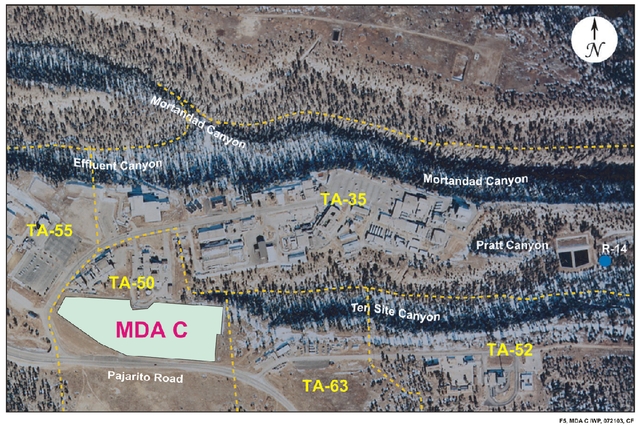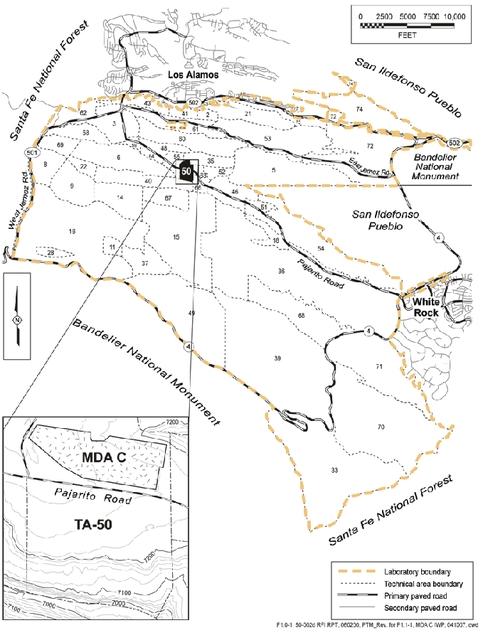Waste Pit Blitz
How New Mexico Deals With Legacy Waste At Los Alamos


Square marks the spot: Here lies MDA C’s gaseous and radioactive contents.
Latest Article|September 3, 2020|Free
::Making Grown Men Cry Since 1992


Square marks the spot: Here lies MDA C’s gaseous and radioactive contents.

